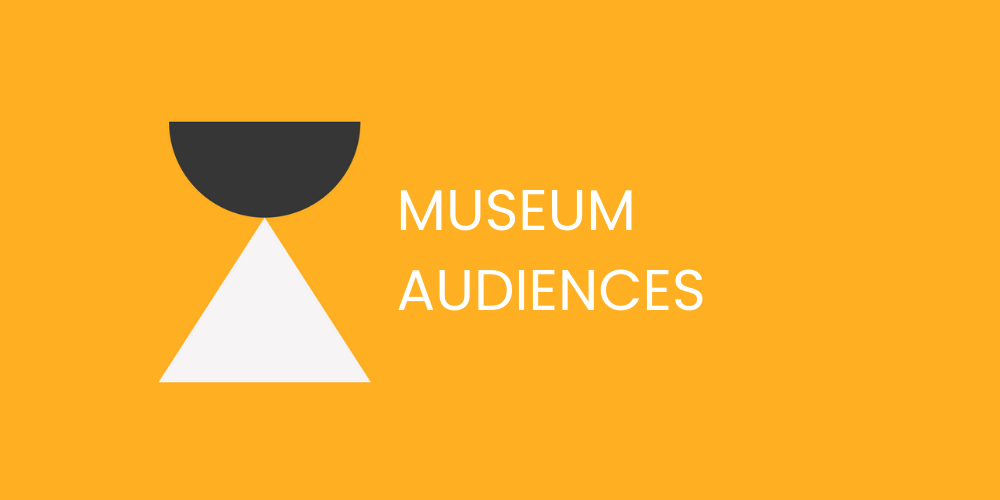Addressing Gaps in Representation
This month we explore three resources that are focused on expanding perspectives and ensuring that different voices and needs are heard—whether it's women in design, underrepresented groups in Census data, or Gen Z in historical programming.
October Coffee Break Picks
CATHY’S PICK
Embracing Women-Centric Design
“I fiercely believe in leaning into the strengths of feminine leadership, so you can imagine my delight when I discovered the Women-Centric Design handbook, a project by design firm Unconform. It’s full of resources to help us think about how to ‘actively and intentionally co-create a future that truly serves women’ in a world where women’s needs are often overlooked. I am particularly drawn to their research and ideation ‘Non-Negotiables’ framework, which highlights themes such as non-linearity, positive masculinity, and community as foundational to incorporating greater women-centricity into the services and systems we build.”
AMANDA’S PICK
The Hard to Count Map
“The We All Count newsletter—which I strongly recommend researchers, evaluators, or other data curious folks follow—brought The Hard to Count Map to my attention. Like many others, we turn to the Census data to understand the representation of a museum’s audience as compared to the local community. However, as with all data, understanding its context and limitations is crucial. The Hard to Count Map helps illuminate how this data was collected, offering insights into its accuracy.”
KATIE’S PICK
Gen Z Says "Let Us Lead"
“America has a significant milestone approaching. History organizations across the country are busy preparing exhibitions, programs, and resources related to the United States turning 250 years old in 2026. But how are young people thinking about America’s 250th, and how can history organizations use this as an opportunity to connect with, support, and inspire them? I appreciated the American Association for State and Local History’s roundup of perspectives from Gen Z voices on this subject, in collaboration with Made By Us (a former client!). The panelists, all young adults, describe both hurdles and opportunities for history organizations to consider as they prepare for the 250th.”
New on the Learning Hub
What’s New At Kera?
This month we’re kicking off new projects with the Capitol Visitors Center, the National Portrait Gallery, and the Dallas Museum of Art. Stay tuned for more updates as we work to enhance visitor engagement and experience.
Ebony and Stephanie will be attending the Association for Art Museum Interpretation Annual Convening in New York City this month, where they will engage in two days of professional development, interdisciplinary panels, and in-gallery exploration. The convening offers a unique opportunity to share best practices, participate in roundtable discussions on pressing issues in the field, and gain fresh perspectives through rapid-fire case study presentations. We are excited for this inspiring event focused on advancing the work of art museum interpretation!
Cathy is heading to the Museum Computer Network conference at the Spencer Museum of Art in Lawrence, Kansas from October 22-24. She’s looking forward to connecting with those interested in all things museums and digital technologies. Say hi if you see her!
Moment of Wonder
“Whenever I want to ground or center myself, I latch onto sounds. Sounds remind me where I am at any given moment and the expansiveness of all that is around me (as opposed to being lost in thought or stuck in a small sense of self). I learned this trick in a meditation class. Paying attention to my breath never worked for me, but sounds do. Any sound can work—like right now, I can focus on my washing machine whirring in the background and instantly I’m brought to here and now. My favorite sounds are of nature, and one that comes to mind now is the sound of insects during dusk in late summer. Unfortunately, I can’t attach a sound here, so a photo of my backyard during Golden Hour will have to suffice. The light is lovely, of course, but you’ll have to use your imagination to hear the insects.”
— Stephanie






